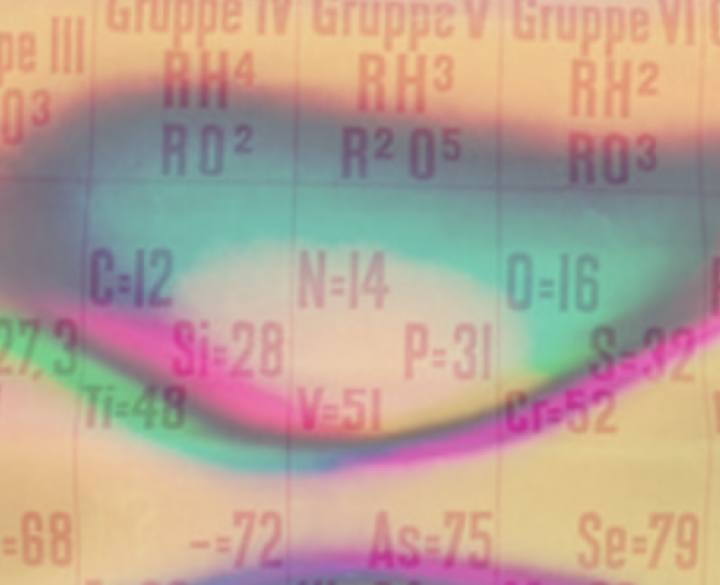Principle
With XRF measurements, we determine the concentration of different chemical elements in a material. This provides us with a lot of insight, especially into the inorganic fraction in a textile or plastic material.
Important examples in our sector are fillers (lime, talc, clay), inorganic pigments (most importantly TiO2, but also Cu or Fe pigments), or flame retardants (P, Al, Br or Sb-based).
But we also measure less frequently occurring elements, such as in the composition of reflectors in which sometimes very rare metals are detected or to check whether a fabric contains real gold or is composed of metallised fibres.
Equipment
Centexbel has two high-performance devices at its disposal, this Tiger WD-XRF being especially strong quantitatively, in addition to a device (Edax Orbis) that is used to perform a local measurement to determine the patterns in the distribution of elements on a sample.
The Bruker Tiger S8 features a high-performance technology: the WD-XRF
With this system, we measure all elements from fluorine to uranium. The detection limit is very low, allowing us to detect extremely small concentrations. Moreover, the sensitivity is such that we can detect the elements with high certainty. Typical quantification problems in an ED-XRF system, such as, for example, the interaction of bromine on aluminium or barium on titanium, if both are present, hardly occur in a WD-XRF, thanks to the higher sensitivity allowing the two signals to be separated.
The Edax Orbis is an ED-XRF technology, with spot measurement and mapping capability
With this system, we measure elements from aluminium to uranium. We can measure with a spot size of 30 µm, allowing us to take very spot-oriented measurements. In addition, there is the possibility of mapping, which creates an image of the distribution of different elements in your sample.
Applications
Centexbel mainly uses XRF measurements for an initial screening of REACH components. If we can quickly show that a number of crucial elements such as As, Cr, Pb or Sn are not present, this already rules out a lot of unwanted components and we do not need to carry out a detailed analysis on them.
A second important application is the investigation of production problems or the cause of complaints. For example, in the inclusion of foreign particles in plastics or staining of textiles, we regularly find an explanation thanks to elemental analysis.





